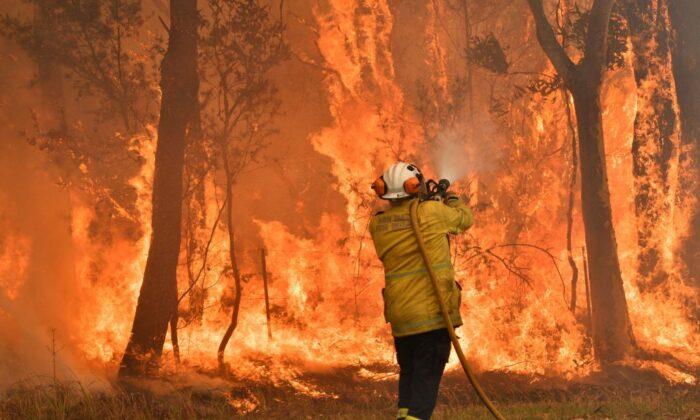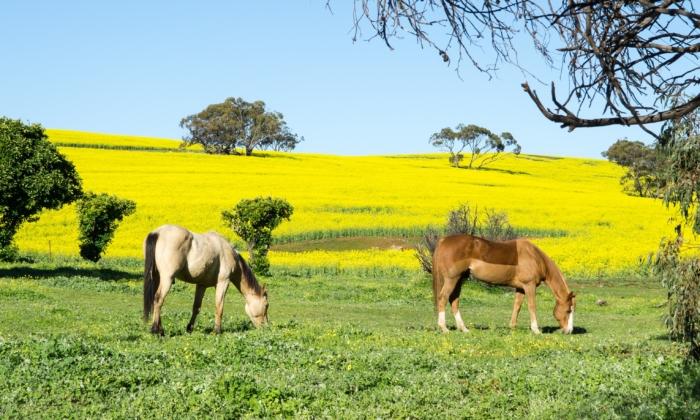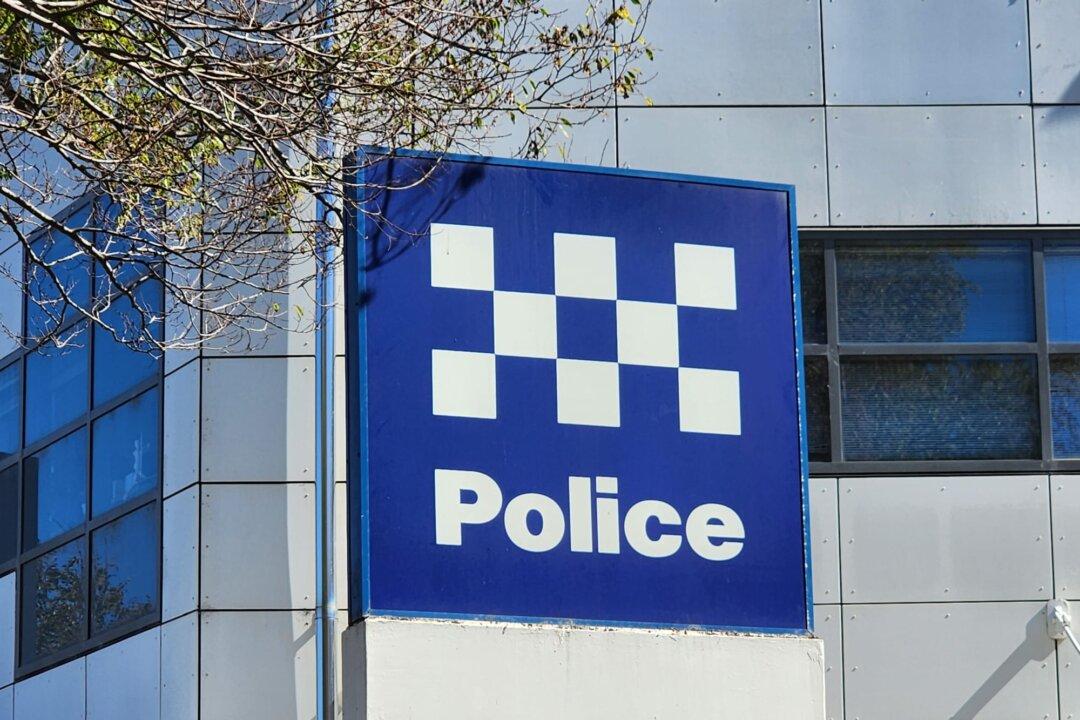A number of councils have told the bushfires royal commission that telecommunication problems meant some communities had no warning, leaving people trapped.
The loss of power and telecommunications meant large areas and towns cut off by bushfire or blocked roads could not be warned about the fire threat, councils told the bushfires royal commission.
The small, remote community of Ewingar in the NSW northern rivers region had no mobile coverage and no warning about the approaching fire last October, the Clarence Valley Council said.
The community could not get out because of trees blocking roads and 100 people ended up sheltering in the Ewingar Hall, the council’s planning director Des Schroder said on Tuesday.
“They had no warning because there was no communications tower, no SMS messaging, so they all got trapped virtually in that area up there,” he said.
Thirty homes were lost in the Ewingar area and two people died in nearby Coongbar in the October fires.
The rural village of Nymboida had four hours’ warning but mobile coverage was lost nine hours after the fire, as the communications tower’s back-up batteries went flat.
“Without the tower, they wouldn’t have had any warning at all and that’s where we lost 90 houses, so at least the community got an SMS warning saying get out,” Schroder said.
Schroder said no one anticipated the fire storms that went through Ewingar and Nymboida.
“They were very ferocious and we never anticipated the communities would get trapped the way they did behind the fire front,” he said.
Mobile towers in at least four locations lost power during the fires that destroyed 169 homes and burnt 540,000 hectares in the Clarence Valley from September to late December.
“We had communities trapped in villages or in fire sheds or halls behind the fire fronts with no communications due to that,” Schroder said.
NSW’s Snowy Valleys Council said the fires’ impact on power and telecommunications exacerbated the isolation of entire townships and villages, impeding vital communication about the fire status to those communities.
“We lost the little communication that we did have across the area because of electricity losses and because of towers fully melting down because the zones around those infrastructure items weren’t sufficient to cater for the type of fire that went through the area,” chief executive Matthew Hyde said.
People had to be positioned at high points in the Snowy Valleys to act as relays for the field teams to get around radio black spots, which the council said reduced the number of resources that could be used on the fire line.
Communication was lost with the entire southern part of the council area while over the border, Victoria’s Towong Shire Council likewise lost contact with its northern and upper Murray areas.
“(It) created quite a number of issues for us in terms of getting messages to communities and for them to understand what the threat to them was at that point in time,” CEO Juliana Phelps said.
The Snowy Monaro Regional Council lost all communications in the area, including in its emergency operations and fire control centres, for a number of hours on February 2 when a telecommunications exchange lost power.





